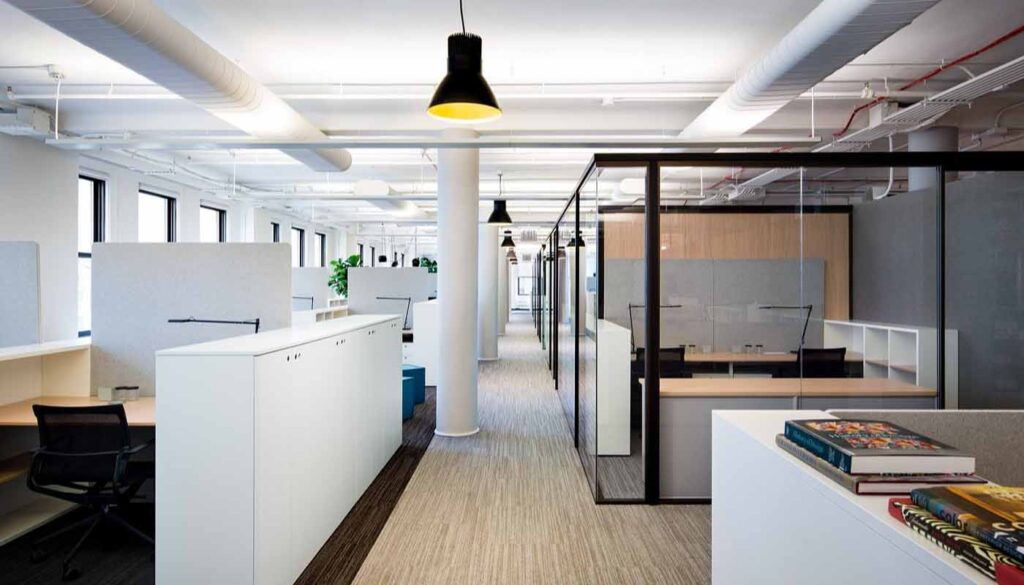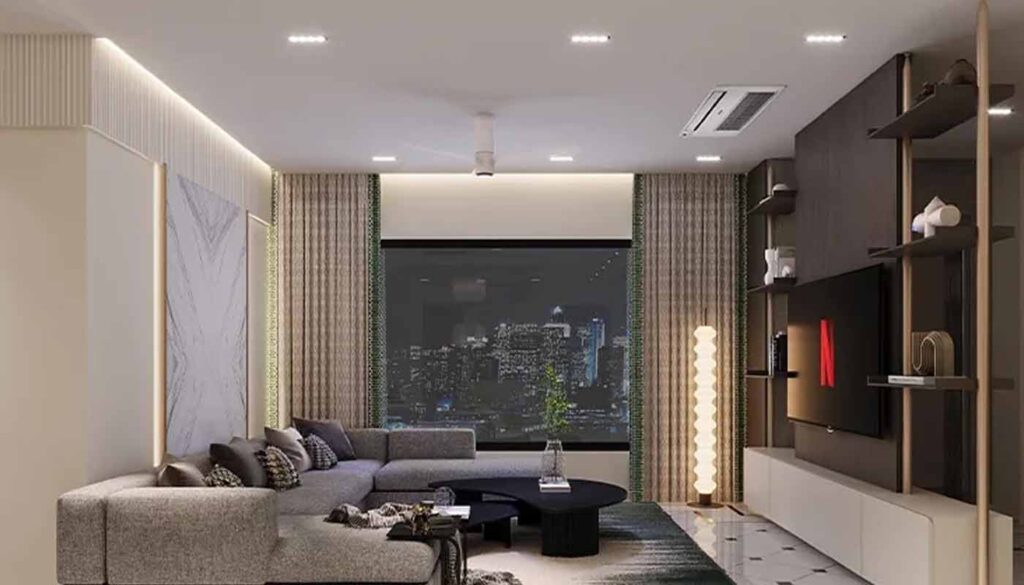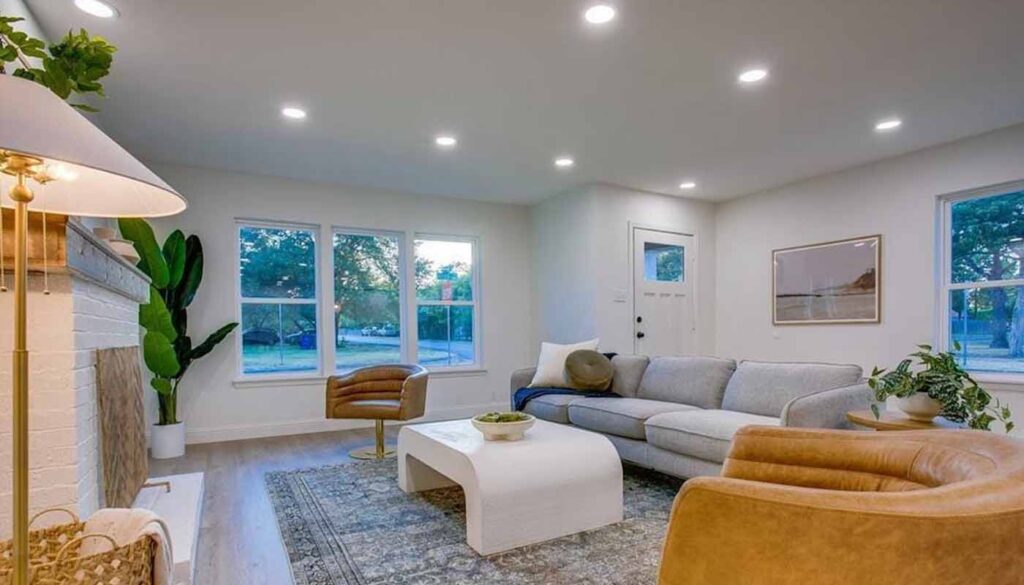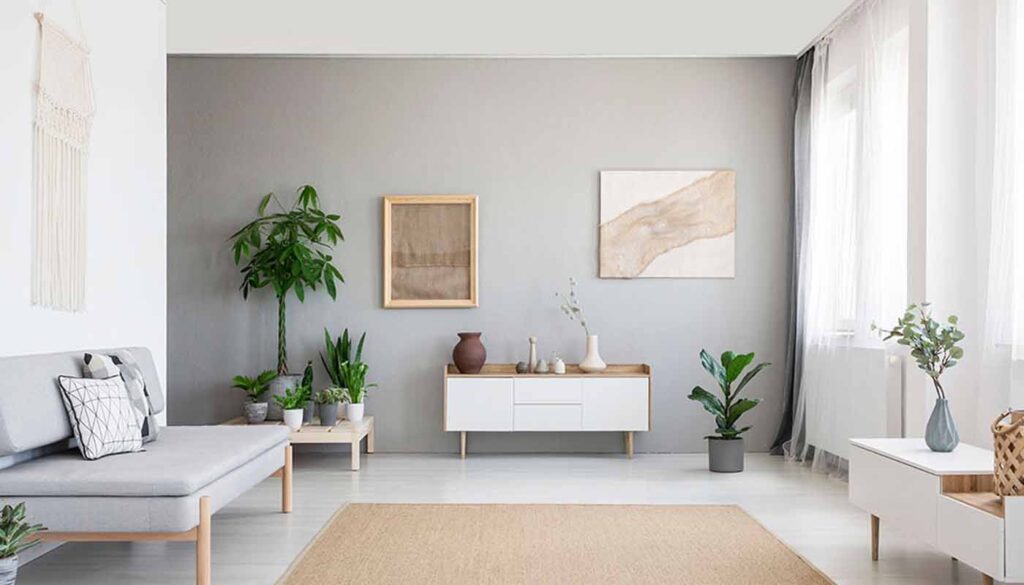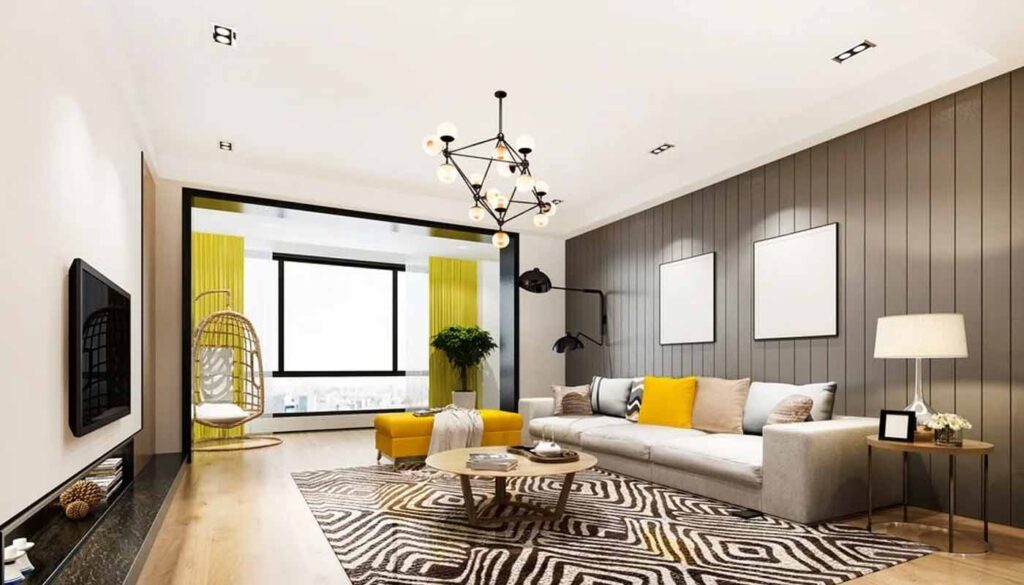Interior Design for Hotels and Restaurants
Interior design goes beyond simply arranging furniture within a space. It’s about creating an ambiance that resonates with the identity of the business and leaves a lasting impression on guests. For hotels and restaurants, the interior design goes beyond aesthetics; it sets the tone for the entire guest experience. Whether it’s a cozy boutique hotel or a high-end fine dining restaurant, the right design can make all the difference. In this blog, we will explore how interior design plays a crucial role in hotels and restaurants and how expert designers bring life to these spaces.
1. The Importance of Interior Design in Hotels and Restaurants
When people think of hotels and restaurants, they think of more than just the services provided. The physical environment is a key factor in shaping their expectations and experience. In hotels, the interior design creates a welcoming atmosphere for guests as they enter, ensuring their stay feels luxurious, comfortable, and special. Similarly, in restaurants, design influences the mood and sets the perfect tone for dining experiences. It reflects the type of cuisine, level of formality, and even the vibe a customer can expect.
Interior design serves multiple functions, from boosting the business’s brand image to improving customer satisfaction. A carefully designed space encourages guests to spend more time, which in turn leads to higher satisfaction and more revenue for the business.
2. First Impressions Matter
One of the most significant roles of interior design is to create a strong first impression. When a guest enters a hotel lobby or a restaurant, the interior design is the first thing they notice. It immediately sets the tone for the experience. For a hotel, this might mean a grand, luxurious lobby with rich textures, elegant furnishings, and soft lighting. For a restaurant, it could be a modern, minimalist design or a more cozy and rustic vibe, depending on the cuisine and ambiance.
The design should evoke the right emotions – whether it’s relaxation, excitement, or exclusivity. A well-thought-out design is a visual representation of the quality and values of the hotel or restaurant.
3. Functionality Meets Aesthetics
Although aesthetics matter, functionality must always remain a top priority. In both hotels and restaurants, the interior must be designed in a way that supports the business operations. In hotels, comfortable, well-placed furniture, easy navigation, and user-friendly spaces are key. For instance, the layout of a hotel room should be optimized for both comfort and convenience, with a well-organized flow.
In restaurants, the kitchen’s proximity to the dining area, seating arrangements that ensure smooth service, and the right lighting for the dining atmosphere are essential. Both spaces need to reflect the essence of the brand while ensuring ease of use for both customers and staff.
4. Brand Identity and Consistency
Hotel and restaurant interiors are a direct reflection of the business’s brand identity. For example, luxury hotels often focus on elegant designs with high-end materials, sleek furniture, and sophisticated color schemes. On the other hand, a boutique hotel may opt for a quirky, unconventional design that stands out and provides a unique experience.
In restaurants, the design should align with the type of cuisine and the atmosphere the business aims to create. A fine dining restaurant may feature classical designs with soft lighting and cozy seating, while a modern bistro may incorporate an open kitchen concept with minimalist décor. The key is to maintain consistency throughout the entire space, from the lobby to the rooms or dining area.
5. Lighting: The Game-Changer
Lighting plays an essential role in interior design, especially in hotels and restaurants. The right lighting can enhance the overall aesthetic and influence how guests feel. In a restaurant, for instance, dim lighting is perfect for creating an intimate, romantic atmosphere, while bright lighting may be more suitable for casual dining spots. The placement and type of lighting are just as important as the décor, as they can affect the mood and functionality of a space.
In hotels, lighting needs to be functional yet welcoming. Soft lighting in rooms creates a relaxed ambiance, while bright lighting in corridors and lobbies helps guests feel safe and oriented. Ultimately, lighting is one of the most powerful tools in designing a memorable experience.
6. Materials and Furniture Selection
When it comes to selecting materials and furniture, hotels and restaurants need to balance durability with style. Hotels require durable, high-quality materials for furniture, fixtures, and flooring since these spaces are used by many guests. Soft furnishings should be comfortable yet easy to maintain, as they need to withstand heavy use.
Restaurants, on the other hand, need furniture that is both functional and attractive. The choice of chairs, tables, and bar stools must complement the overall design and create comfort for customers. The materials used should also be easy to clean, as restaurants deal with food spills and stains on a regular basis.
7. Incorporating Technology and Modern Trends
Modern interior design for hotels and restaurants now involves incorporating cutting-edge technology. From smart lighting systems to interactive digital menus, technology can enhance the guest experience. For instance, in a hotel, digital check-in kiosks, in-room tablets to control lighting and temperature, and even virtual concierge services are becoming popular trends. These modern technologies help streamline operations and create an innovative experience for guests.
In restaurants, digital ordering systems, tablet menus, and innovative designs such as open kitchens can make the experience both interactive and efficient. As trends evolve, incorporating the latest design trends while maintaining the essence of the brand is key to staying competitive.
8. Sustainability in Design
Sustainability has become a central theme in modern interior design. Hotels and restaurants are focusing more on sustainable materials, energy-efficient lighting, and eco-friendly designs. Not only does this help the environment, but it also appeals to a growing number of eco-conscious consumers. From recycled materials to energy-efficient appliances, there are many ways to incorporate sustainability into the design of a hotel or restaurant.
9. Hotel Interior Designers in Chennai
If you’re looking for expert interior designers in Chennai, there are several experienced hotel interior designers in Chennai who specialize in creating luxurious, functional, and beautiful spaces. They are skilled in bringing out the best in any space, ensuring that your hotel or restaurant offers a memorable experience to your guests.
10. Conclusion
Interior design for hotels and restaurants is much more than just creating attractive spaces. It’s about designing functional, inviting, and memorable environments that enhance the guest experience and reflect the business’s brand values. Whether it’s through the careful selection of materials, the strategic use of lighting, or incorporating modern technology, every element plays a role in creating the perfect ambiance.
By hiring skilled interior designers, you can transform your hotel or restaurant into a space that not only looks great but also serves its purpose efficiently. A well-designed space attracts guests, keeps them coming back, and ultimately helps the business thrive.









